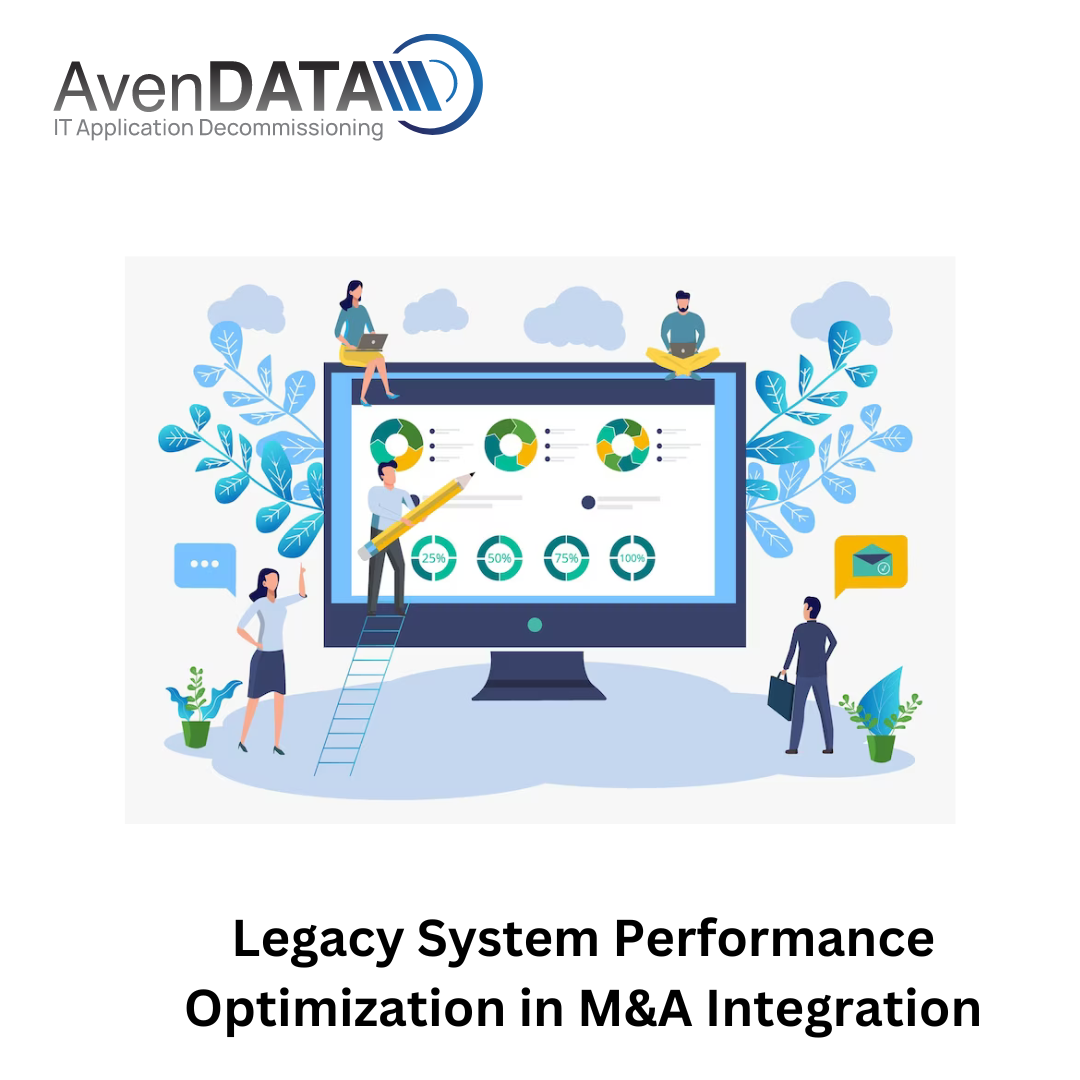In the dynamic landscape of mergers and acquisitions (M&A), optimizing the performance of legacy systems is crucial for seamless integration and sustained business success. Legacy systems often pose challenges during M&A activities due to differences in technology standards, architecture, and scalability. However, with the right strategies, organizations can leverage these systems effectively to drive integration efforts and achieve operational excellence.
1. Assessing Legacy System Performance Metrics:
Before embarking on optimization initiatives, it's essential to conduct a comprehensive assessment of legacy system performance metrics. This includes evaluating key parameters such as response time, throughput, resource utilization, and scalability. By understanding the current state of legacy systems, organizations can identify bottlenecks and inefficiencies that need to be addressed during the integration process.
2. Streamlining Infrastructure and Resources:
One of the primary challenges in M&A integration is the consolidation of disparate IT infrastructures and resources. Legacy systems often operate on outdated hardware or software platforms, leading to performance limitations. To optimize performance, organizations should streamline infrastructure by migrating legacy applications to modern, cloud-based environments. This not only enhances scalability and agility but also reduces maintenance costs and complexity.
3. Implementing Application Modernization Techniques:
Legacy applications may lack the flexibility and agility required to meet evolving business demands. As part of the integration process, organizations should consider implementing application modernization techniques such as refactoring, re-platforming, or rearchitecting legacy systems. This involves updating legacy codebases, adopting microservices architectures, and leveraging modern development frameworks to improve performance, scalability, and maintainability.
4. Leveraging Data Optimization Strategies:
Data plays a critical role in M&A integration, and legacy systems often house vast amounts of valuable information. To optimize performance, organizations should implement data optimization strategies such as data compression, indexing, and caching. By reducing data redundancy and improving access times, organizations can enhance the efficiency of legacy systems and accelerate data processing tasks.
5. Prioritizing Performance Testing and Monitoring:
Continuous performance testing and monitoring are essential components of successful M&A integration initiatives. Organizations should establish rigorous testing protocols to validate the effectiveness of optimization efforts and identify any performance regressions or anomalies. By proactively monitoring key performance indicators (KPIs), organizations can quickly detect and address issues before they impact business operations.
In conclusion, optimizing legacy system performance is a critical aspect of M&A integration that requires careful planning, strategic investment, and ongoing monitoring. By assessing performance metrics, streamlining infrastructure, implementing application modernization techniques, leveraging data optimization strategies, and prioritizing performance testing and monitoring, organizations can unlock the full potential of legacy systems and achieve seamless integration in M&A scenarios.





Comments